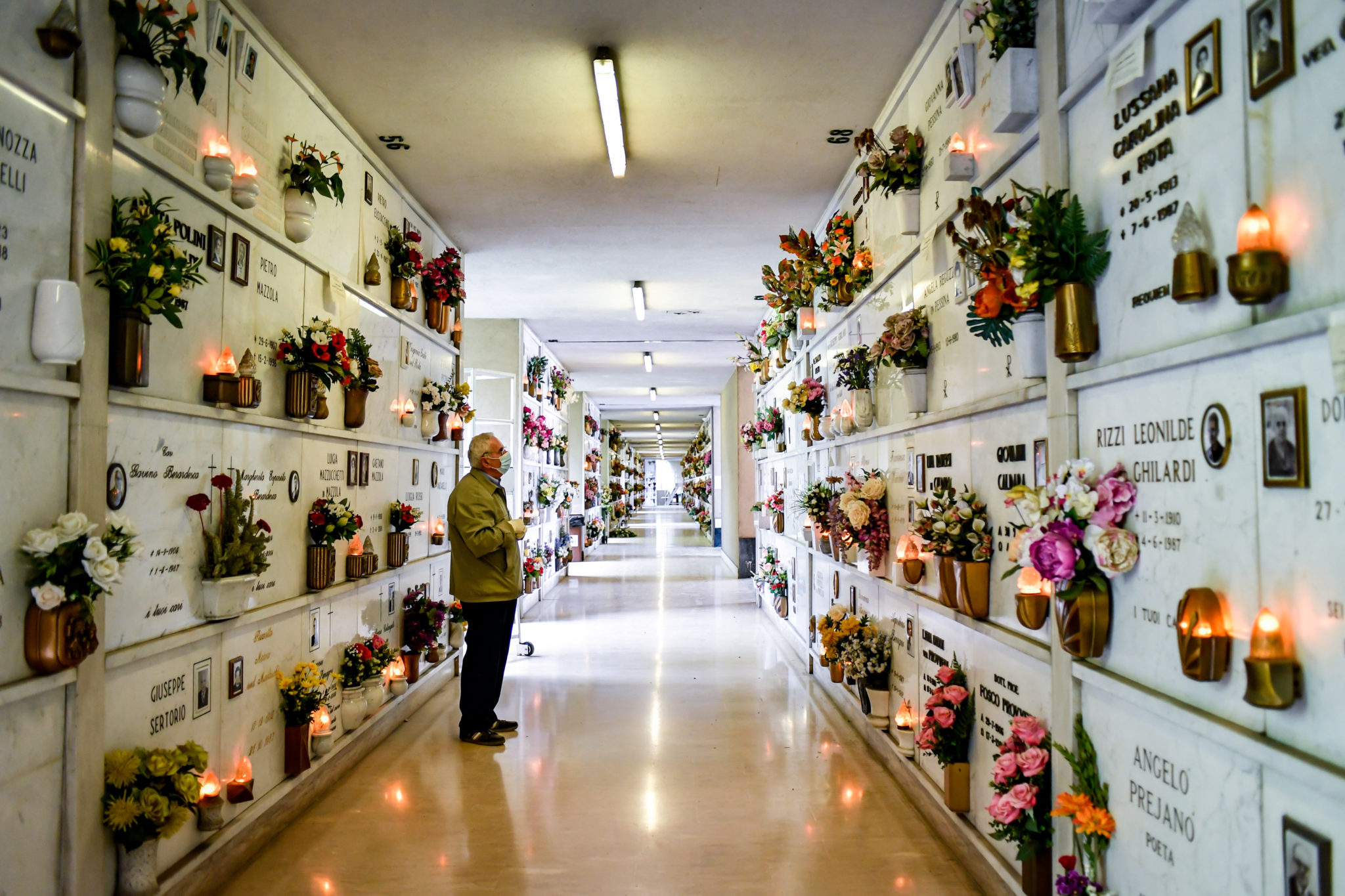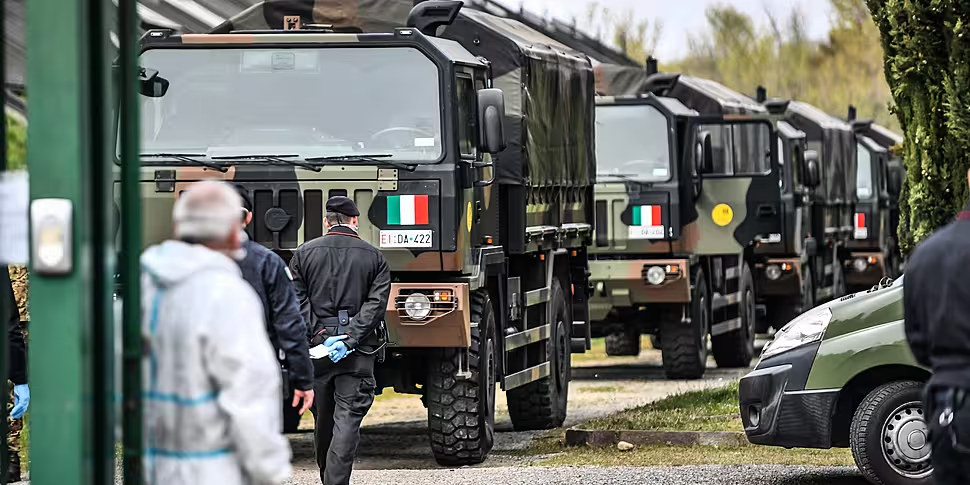Ireland is unlikely to face scenes like those from Italy last year, despite the ongoing surge in coronavirus cases here.
There are now 1,700 COVID-19 patients in Irish hospitals, with 143 in intensive care, according to HSE Chief Paul Reid.
There are around 340 empty beds left in the system, alongside 30 adult intensive care beds.
Ireland is now struggling with the highest virus rate in the world and the Government’s ‘safety net’ deal with private hospitals is expected to be triggered this week.
On Newstalk Breakfast this morning, the HSE’s National Clinical Adviser for acute hospitals, Dr Vida Hamilton said Ireland is “much more prepared” than Italy was when the pandemic first struck.
“They were overwhelmed by an unknown disease with a very rapid increase and large numbers presenting,” she said.
“We know an awful lot more about the disease. We know a lot more about how to manage the disease and we have had an opportunity to prepare and nuance our surge plans; we have the equipment and we have the PPE.
“It will be extremely challenging but we will do everything we can to give everybody in the population their best opportunity to survive.”
 The monumental cemetery of Bergamo where the fields have been dedicated to the COVID-19 victims of the municipalities of the Val Seriana, 21-05-2020. Image: Claudio Furlan/Lapresse/Sipa USA
The monumental cemetery of Bergamo where the fields have been dedicated to the COVID-19 victims of the municipalities of the Val Seriana, 21-05-2020. Image: Claudio Furlan/Lapresse/Sipa USAShe said the hospital system needs to overcome three challenges in the coming weeks, “staff, stuff and space.”
“Stuff is about equipment – ensuring we have all the right equipment in the right place,” she said.
“Space is about identifying surge capacity and generating new capacity by opening new beds and indeed with the new safety net arrangement with the private sector.
“But our critical issues are related to staff. We have, across the HSE, over 4,000 staff who are out – either because they are close contacts or because they have succumbed to COVID themselves.”
Transmission
Dr Hamilton said the higher the levels of virus in community, the higher they are in the health service.
“These are directly proportionate,” she said. “If you reduce the amount of disease in society, you will have less staff out sick, you will have less outbreaks in hospitals and in the nursing home sector.
“It is really critical that we get this surge under control and the only way we can do that is match supply of healthcare against demand.
“The only way we can do that is by reducing demand by decreasing transmission in the community and that is within everybody’s control by staying at home.”
Hospitals
The Chief Medical Officer Dr Tony Holohan last night said the country was seeing “the first glimmer of hope” in the fight to reduce virus rates.
He warned however that the situation in Irish hospitals is “likely to get worse before it gets better.”
Officials expect hospital figures to peak at between 2,200 – 2,500 patients in the next two weeks with up 400 people in intensive care.









